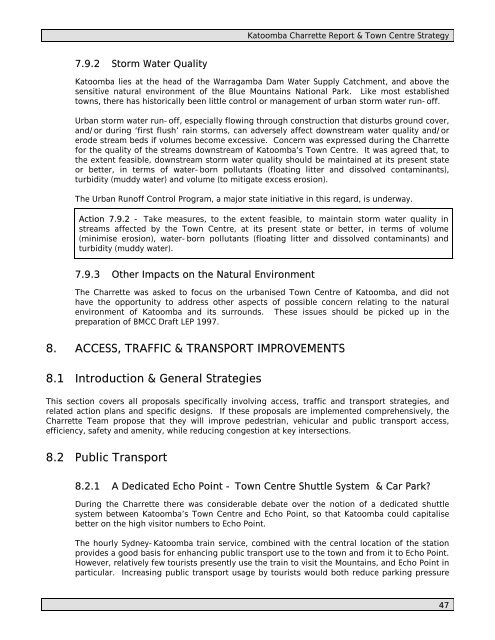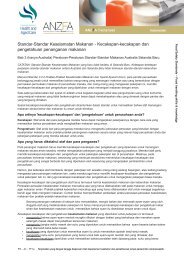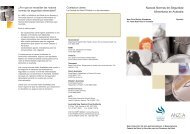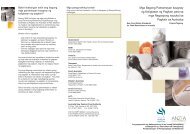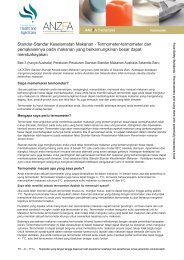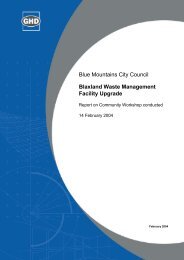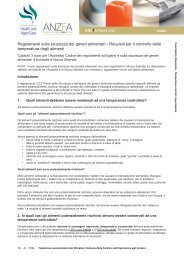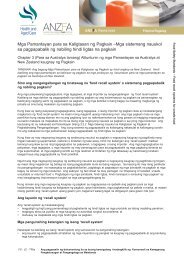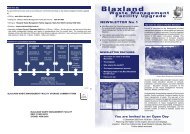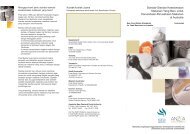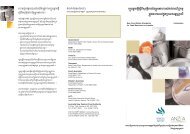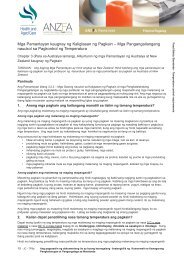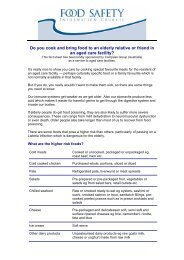Katoomba Charrette Outcomes Report - Blue Mountains City Council
Katoomba Charrette Outcomes Report - Blue Mountains City Council
Katoomba Charrette Outcomes Report - Blue Mountains City Council
Create successful ePaper yourself
Turn your PDF publications into a flip-book with our unique Google optimized e-Paper software.
<strong>Katoomba</strong> <strong>Charrette</strong> <strong>Report</strong> & Town Centre Strategy<br />
7.9.2 Storm Water Quality<br />
<strong>Katoomba</strong> lies at the head of the Warragamba Dam Water Supply Catchment, and above the<br />
sensitive natural environment of the <strong>Blue</strong> <strong>Mountains</strong> National Park. Like most established<br />
towns, there has historically been little control or management of urban storm water run-off.<br />
Urban storm water run-off, especially flowing through construction that disturbs ground cover,<br />
and/or during ‘first flush’ rain storms, can adversely affect downstream water quality and/or<br />
erode stream beds if volumes become excessive. Concern was expressed during the <strong>Charrette</strong><br />
for the quality of the streams downstream of <strong>Katoomba</strong>’s Town Centre. It was agreed that, to<br />
the extent feasible, downstream storm water quality should be maintained at its present state<br />
or better, in terms of water-born pollutants (floating litter and dissolved contaminants),<br />
turbidity (muddy water) and volume (to mitigate excess erosion).<br />
The Urban Runoff Control Program, a major state initiative in this regard, is underway.<br />
Action 7.9.2 - Take measures, to the extent feasible, to maintain storm water quality in<br />
streams affected by the Town Centre, at its present state or better, in terms of volume<br />
(minimise erosion), water-born pollutants (floating litter and dissolved contaminants) and<br />
turbidity (muddy water).<br />
7.9.3 Other Impacts on the Natural Environment<br />
The <strong>Charrette</strong> was asked to focus on the urbanised Town Centre of <strong>Katoomba</strong>, and did not<br />
have the opportunity to address other aspects of possible concern relating to the natural<br />
environment of <strong>Katoomba</strong> and its surrounds. These issues should be picked up in the<br />
preparation of BMCC Draft LEP 1997.<br />
8. ACCESS, TRAFFIC & TRANSPORT IMPROVEMENTS<br />
8.1 Introduction & General Strategies<br />
This section covers all proposals specifically involving access, traffic and transport strategies, and<br />
related action plans and specific designs. If these proposals are implemented comprehensively, the<br />
<strong>Charrette</strong> Team propose that they will improve pedestrian, vehicular and public transport access,<br />
efficiency, safety and amenity, while reducing congestion at key intersections.<br />
8.2 Public Transport<br />
8.2.1 A Dedicated Echo Point - Town Centre Shuttle System & Car Park<br />
During the <strong>Charrette</strong> there was considerable debate over the notion of a dedicated shuttle<br />
system between <strong>Katoomba</strong>’s Town Centre and Echo Point, so that <strong>Katoomba</strong> could capitalise<br />
better on the high visitor numbers to Echo Point.<br />
The hourly Sydney-<strong>Katoomba</strong> train service, combined with the central location of the station<br />
provides a good basis for enhancing public transport use to the town and from it to Echo Point.<br />
However, relatively few tourists presently use the train to visit the <strong>Mountains</strong>, and Echo Point in<br />
particular. Increasing public transport usage by tourists would both reduce parking pressure<br />
47


